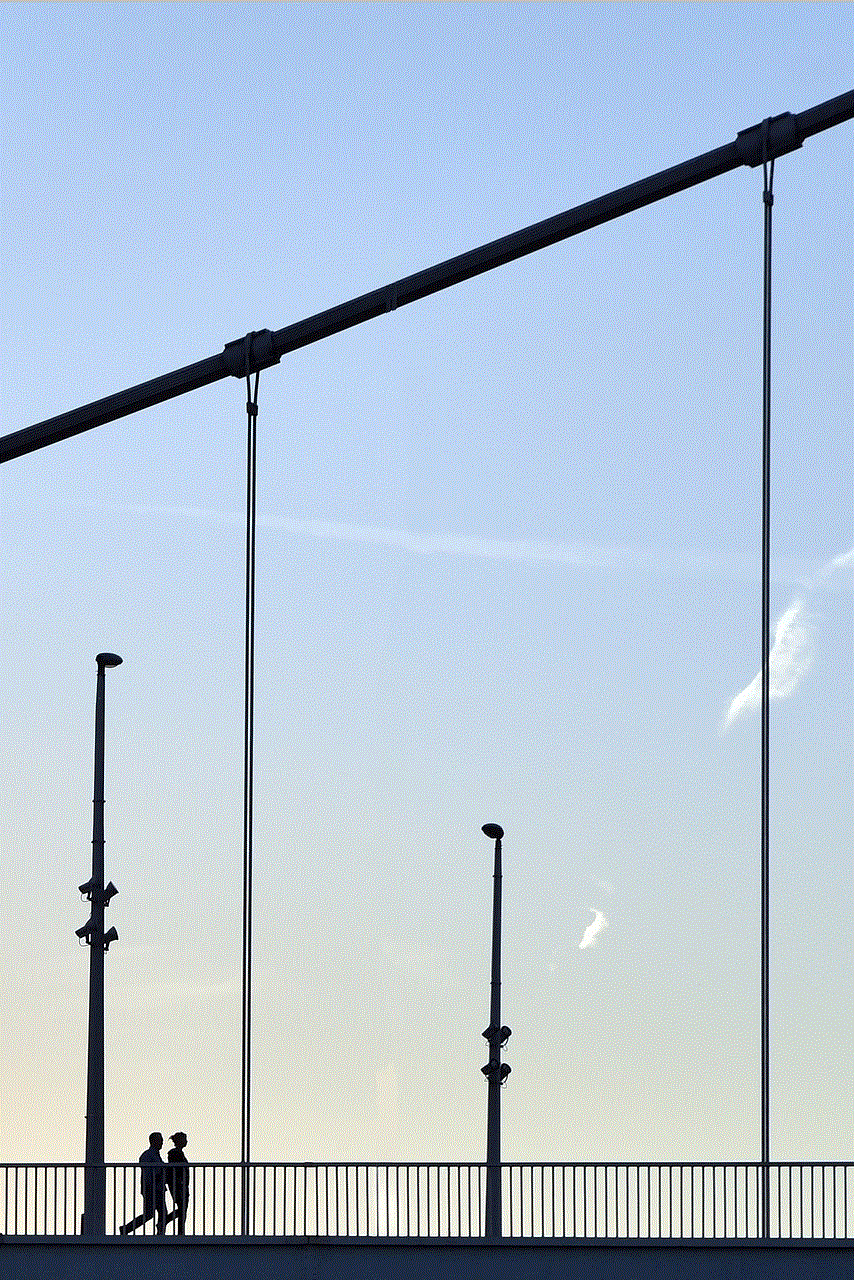what does wrd mean texting
# Understanding “Wrd” in Texting: A Comprehensive Guide
In the digital age, communication has transformed dramatically, especially with the advent of texting and social media platforms. One of the most fascinating aspects of this evolution is the development of slang and abbreviations that allow for quicker, more efficient conversations. Among these abbreviations, “wrd” has emerged as a popular term in texting. In this article, we will delve into the meaning of “wrd,” its origins, usage in various contexts, and its implications in modern communication.
## What Does “Wrd” Mean?
The term “wrd” is an abbreviation for the word “word.” In the context of texting and informal communication, it is often used to express agreement, acknowledgment, or affirmation. When someone uses “wrd” in a conversation, they are essentially saying, “I agree with what you are saying,” or “I hear you.” It serves as a way to validate another person’s statement without needing to elaborate further.
## The Origins of “Wrd”
The abbreviation “wrd” is believed to have its roots in the hip-hop culture of the late 20th century. As rap music rose to prominence, so did the lingo associated with it. Artists often used the word “word” as a form of respect or acknowledgment, and this vernacular eventually seeped into everyday language, particularly among the youth. With the rise of texting and social media, the abbreviation “wrd” gained traction, allowing users to communicate more efficiently.
## Usage of “Wrd” in Texting
In texting, “wrd” is often used in various contexts. Here are some common scenarios where you might encounter it:
1. **Agreement**: If someone shares an opinion or statement, a simple “wrd” can signal that you are in agreement. For example:
– Friend 1: “I think we should go to the beach this weekend.”
– Friend 2: “Wrd!”
2. **Acknowledgment**: When someone shares news or updates, replying with “wrd” can indicate that you are paying attention and acknowledge what they said.
– Friend 1: “I just got accepted into my dream college!”
– Friend 2: “Wrd! That’s awesome!”
3. **Validation**: “Wrd” can also be used to validate someone’s feelings or opinions.
– Friend 1: “I feel really stressed about the exams next week.”
– Friend 2: “Wrd, I understand how you feel.”
4. **Encouragement**: Sometimes, “wrd” can be used to encourage someone to continue sharing or to express enthusiasm about what they are saying.
– Friend 1: “I just started a new workout routine, and it’s tough but fun.”
– Friend 2: “Wrd! Keep going!”
5. **Casual Confirmation**: It can be used to casually confirm plans or arrangements.
– Friend 1: “Are we still on for dinner tonight?”
– Friend 2: “Wrd, see you at 7!”
## The Role of “Wrd” in Modern Communication
The use of “wrd” in texting reflects broader trends in modern communication. With the fast-paced nature of digital interactions, users often seek shortcuts to convey their thoughts and feelings. This has led to the widespread adoption of abbreviations and slang, which can enhance the efficiency of communication.
Moreover, the use of “wrd” exemplifies how language evolves in response to cultural influences. As more people engage with hip-hop culture and its associated vernacular, terms like “wrd” become part of the lexicon, bridging gaps between different social groups.
## The Impact of “Wrd” on Language
The impact of “wrd” and similar abbreviations on language is multifaceted. On one hand, they can foster a sense of community and belonging among users who share an understanding of the slang. On the other hand, the overuse of abbreviations can lead to a dilution of language and a potential loss of nuance in communication.
1. **Community Building**: The use of slang creates a sense of identity and belonging among those who use it. For younger generations, terms like “wrd” become part of their social fabric, allowing them to connect with peers on a deeper level.
2. **Efficiency vs. Nuance**: While abbreviations can make communication more efficient, they often lack the depth and nuance of fully articulated language. This can lead to misunderstandings or oversimplifications of complex ideas. For instance, while “wrd” conveys agreement, it does not express the reasons behind that agreement, which might be essential in certain discussions.
## “Wrd” in Different Social Contexts
The use of “wrd” can vary significantly depending on the social context. Here are some factors that influence its usage:
1. **Age Groups**: Younger generations are more likely to use “wrd” in their texting conversations. Among older demographics, traditional forms of communication may still dominate, leading to less frequent use of such slang.
2. **Cultural Backgrounds**: The cultural context also plays a role in the adoption of “wrd.” In communities where hip-hop culture is prevalent, the term is more likely to be embraced compared to areas where such influences are less pronounced.
3. **Informal vs. Formal Settings**: “Wrd” is predominantly used in informal settings. In professional or formal communications, individuals are less likely to use such abbreviations, opting instead for complete words to maintain professionalism.
## The Evolution of Texting Language
The emergence of “wrd” is part of a larger trend in the evolution of texting language. Over the years, we have witnessed the birth of countless abbreviations, acronyms, and slang terms that reflect the unique characteristics of digital communication. Here are some notable trends:
1. **Abbreviation Culture**: Texting has led to the widespread use of abbreviations, such as “LOL” (laugh out loud), “BRB” (be right back), and “OMG” (oh my God). These abbreviations have become ingrained in everyday language, showcasing the efficiency of texting communication.
2. **Emojis and GIFs**: In addition to text, emojis and GIFs have become integral to modern communication. They add an emotional layer to conversations that simple text may not convey. For instance, a thumbs-up emoji might serve the same purpose as “wrd,” indicating agreement or approval.
3. **Hybrid Language**: The blending of formal and informal language is another trend. Many individuals find themselves toggling between different styles depending on their audience, leading to a hybrid form of communication that incorporates both slang and proper grammar.



## The Future of Texting Slang
As technology continues to evolve, so too will the language we use to communicate. The future of texting slang, including terms like “wrd,” is likely to be shaped by several factors:
1. **Technological Advancements**: As new platforms for communication emerge, we may see the rise of new slang and abbreviations that reflect the capabilities of these technologies. For instance, voice-to-text features might influence the way we abbreviate words or phrases.
2. **Cultural Shifts**: Cultural trends, including music, fashion, and social movements, will continue to influence language. As new subcultures emerge, they may bring their own vernacular into mainstream communication.
3. **Intergenerational Communication**: As younger generations continue to engage with technology, the way they communicate will likely influence older generations. This intermingling of language styles may lead to a more blended form of communication that incorporates both traditional and modern elements.
## Conclusion
In conclusion, “wrd” is more than just a simple abbreviation; it represents a cultural phenomenon that reflects the evolution of language in the digital age. Its usage exemplifies how informal communication can foster connection and community while also raising questions about language’s role in conveying depth and nuance. As we continue to navigate the ever-changing landscape of communication, terms like “wrd” will undoubtedly play a significant role in shaping our interactions. Understanding its meaning and implications allows us to appreciate the richness of language and the ways in which it adapts to our modern world.
added by snapcode
# Understanding Snapcodes: A Comprehensive Guide
In the digital age, where social media platforms dominate our daily interactions, new tools and features are continuously evolving to enhance user experience. One such innovation is the Snapcode, a unique feature of Snapchat that has transformed the way users connect, share, and engage with one another. This article delves into the concept of Snapcodes, their functionality, significance, and the impact they have had on social media interactions, marketing strategies, and user engagement.
## What are Snapcodes?
Snapcodes are special QR codes that enable Snapchat users to quickly add friends, access specific content, or unlock various features within the app. Each Snapcode is unique to an individual user, making it an effective tool for connecting with others. The Snapcode consists of a central yellow box that contains a unique pattern of dots, surrounded by a dotted circle. When scanned using the Snapchat camera, the Snapcode directs the app to perform a specific action—usually adding the user to the friend list or unlocking a filter or lens.
## The Evolution of Snapcodes
Snapcodes were introduced in 2015 as part of Snapchat’s efforts to simplify the process of adding friends and sharing content. Before Snapcodes, users had to manually search for friends by usernames, which could be cumbersome, especially as the platform grew. The introduction of Snapcodes revolutionized this process, making it easier for users to connect with their friends and discover new accounts.
As Snapchat continued to evolve, so did the functionality of Snapcodes. Initially, they served primarily as a means to add friends, but over time, they expanded to allow users to access various features, such as promotional content from brands, special lenses, and filters that enhance the user experience. This evolution demonstrates Snapchat’s commitment to enhancing interactivity and engagement within the platform.
## How to Use Snapcodes
Using Snapcodes is incredibly straightforward. To add a friend using their Snapcode, follow these simple steps:
1. **Open Snapchat**: Launch the Snapchat app on your device.
2. **Access the Camera**: The camera interface will open by default.
3. **Scan the Snapcode**: Point your camera at the Snapcode. Ensure the code is well-lit and in focus. Snapchat will automatically recognize the code.
4. **Add the User**: Once the Snapcode is scanned, a prompt will appear on the screen, allowing you to add the user as a friend. Tap “Add” to complete the process.



In addition to adding friends, Snapcodes can also be used to unlock specific filters and lenses. Brands and creators often share their Snapcodes through social media, websites, or printed materials, encouraging users to scan them for exclusive content. This versatility makes Snapcodes a powerful tool for both personal and brand engagement.
## The Role of Snapcodes in Marketing
Snapcodes have become an essential marketing tool for brands looking to engage with their audience on Snapchat. With millions of active users, Snapchat offers a unique platform for brands to reach a younger demographic. By utilizing Snapcodes, brands can create interactive campaigns, drive traffic to their websites, and promote special offers.
For example, a brand may create a Snapcode that, when scanned, directs users to a promotional page or unlocks a special filter related to a new product launch. This strategy not only encourages user interaction but also provides valuable data on user engagement and preferences. Brands can track how many times their Snapcode has been scanned, helping them assess the effectiveness of their campaigns.
## The Impact of Snapcodes on User Engagement
Snapcodes have significantly impacted user engagement on Snapchat. They have made it easier for users to connect with friends and discover new content, ultimately enhancing their overall experience on the platform. The ease of adding friends through Snapcodes has led to increased user interactions, fostering a sense of community among users.
Moreover, the ability to unlock exclusive filters and lenses through Snapcodes adds an element of gamification to the user experience. Users are incentivized to scan codes not only to connect with friends but also to access unique content that enhances their snaps. This level of engagement drives users to explore the platform more actively, resulting in longer app usage times and increased user retention.
## The Creative Potential of Snapcodes
Snapcodes also offer a canvas for creativity and self-expression. Users can customize their Snapcodes by adding personal images or designs to the center of the code. This feature allows individuals to showcase their personality and style, making their Snapcodes stand out to potential friends and followers.
Artists, influencers, and creators have embraced this customization feature, often sharing their unique Snapcodes on social media to attract followers. By merging personal branding with the functionality of Snapcodes, users can create a cohesive online presence that resonates with their audience.
## Challenges and Limitations of Snapcodes
While Snapcodes offer numerous benefits, they are not without challenges. One significant limitation is the dependency on the Snapchat app. Users must have the app installed on their devices to scan Snapcodes, which can be a barrier for potential connections. Moreover, the effectiveness of Snapcodes relies on users being aware of their existence and being willing to engage with them.
Another challenge is the possibility of Snapcodes being misused. For instance, malicious users may create fake Snapcodes that lead to harmful websites or impersonate others. Snapchat has implemented safety measures to combat such issues, but users must remain vigilant when scanning codes from unknown sources.
## The Future of Snapcodes
As Snapchat continues to evolve and adapt to the changing landscape of social media, the future of Snapcodes looks promising. With advancements in technology, we can expect to see more interactive and engaging features associated with Snapcodes. For instance, augmented reality (AR) capabilities may enhance the scanning experience, allowing users to interact with the content in new and exciting ways.
Additionally, as brands increasingly recognize the power of Snapcodes in their marketing strategies, we can anticipate more creative campaigns that leverage this tool. Collaborations between influencers and brands may become more common, as Snapcodes can serve as a bridge between the two, driving traffic and engagement.
## Conclusion
Snapcodes have undoubtedly transformed the way users connect and interact on Snapchat. By providing a simple and effective means of adding friends, accessing exclusive content, and enhancing user engagement, Snapcodes have become a vital part of the Snapchat experience. As the platform continues to innovate, we can expect Snapcodes to play an even more significant role in shaping social interactions and marketing strategies in the digital landscape.



In summary, whether you are a casual user looking to connect with friends, a brand aiming to enhance your marketing efforts, or a creator seeking to engage your audience, understanding the power of Snapcodes is essential in navigating the ever-evolving world of social media. As we move forward, embracing this unique feature will undoubtedly lead to richer, more interactive experiences on platforms like Snapchat.
